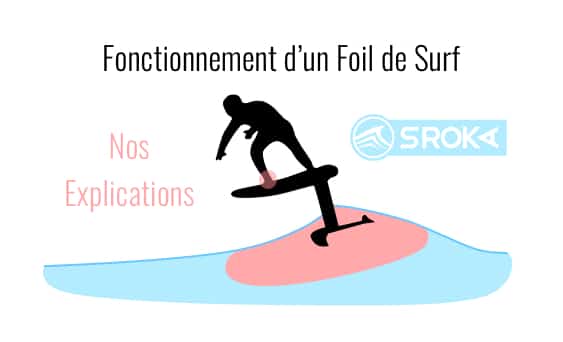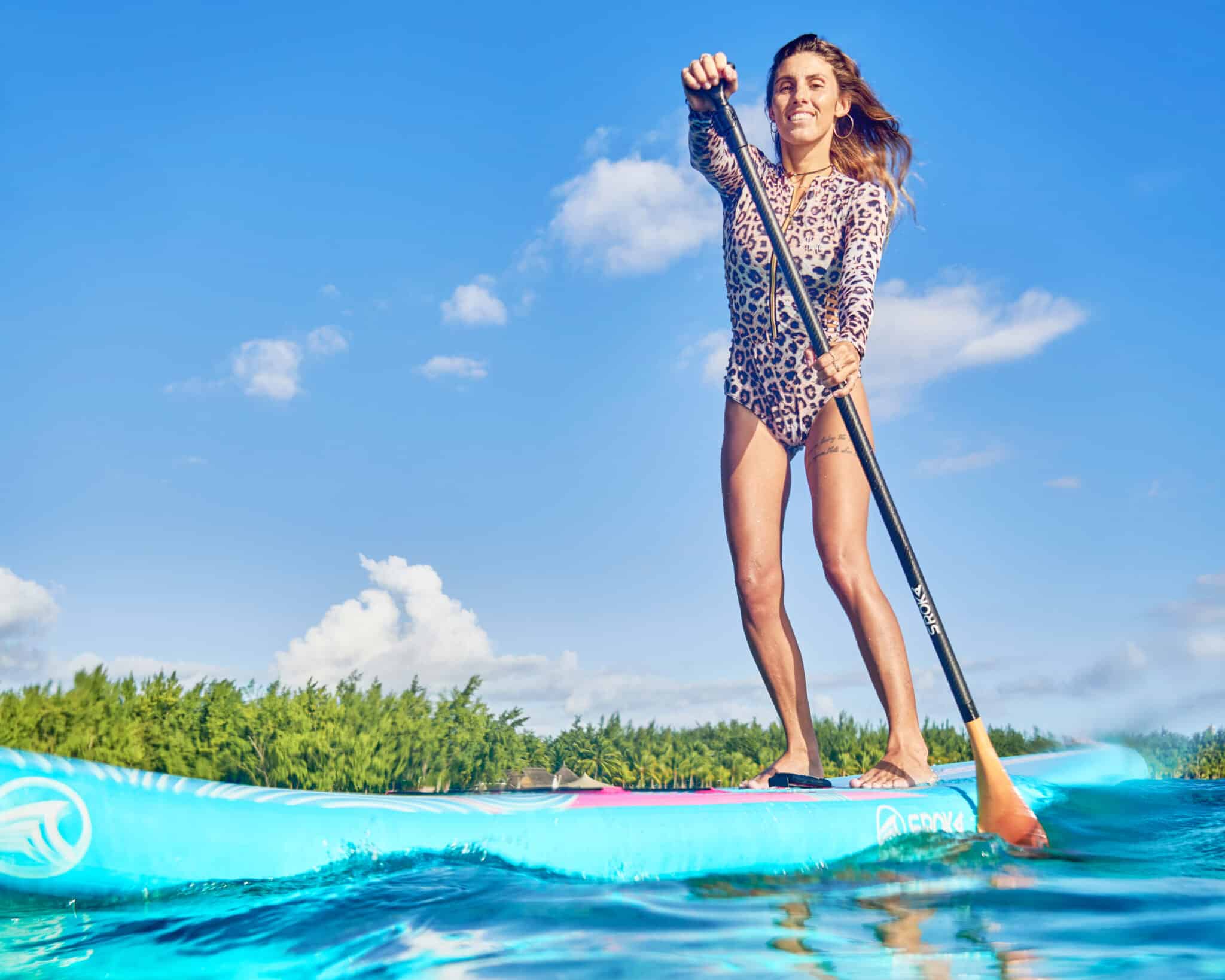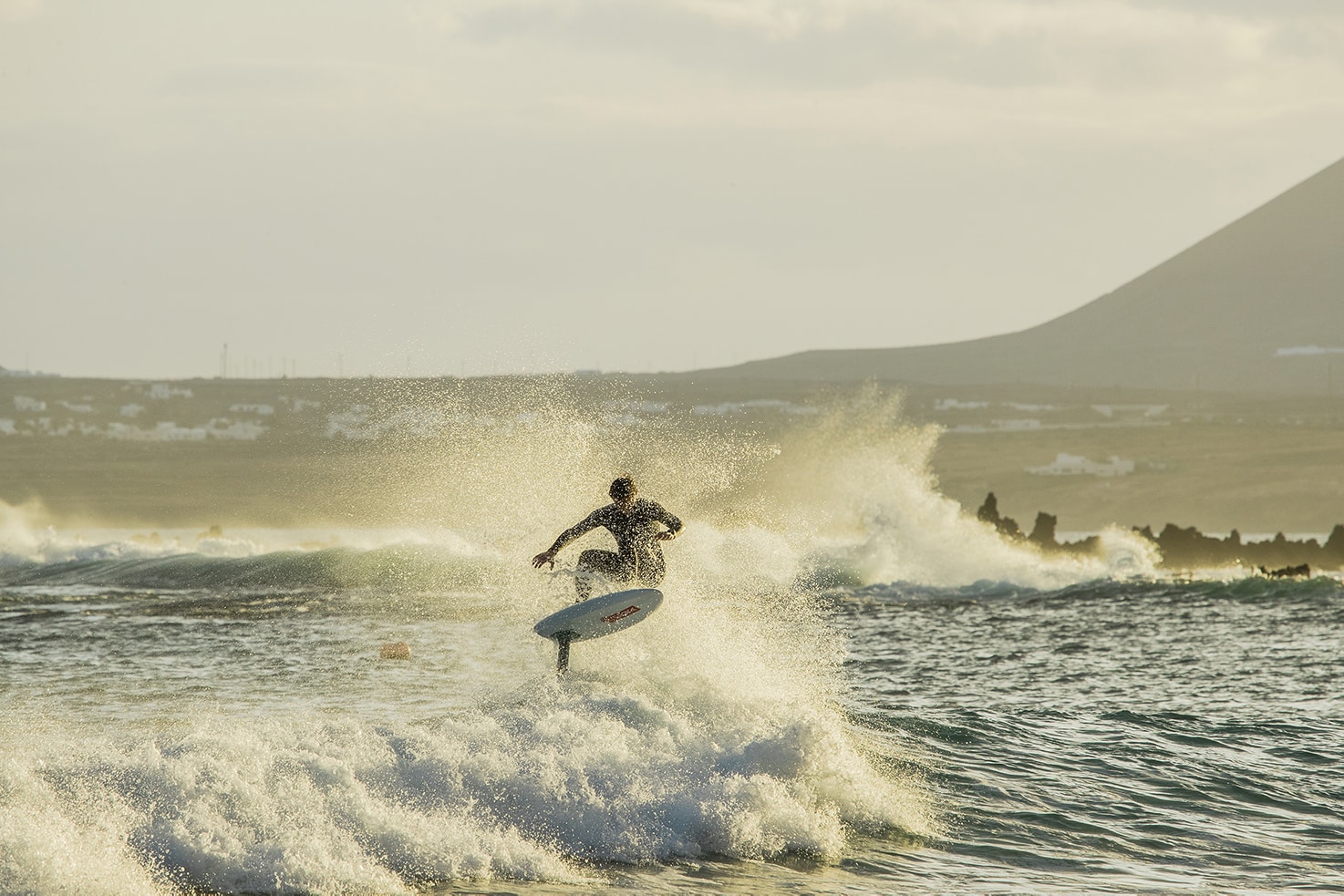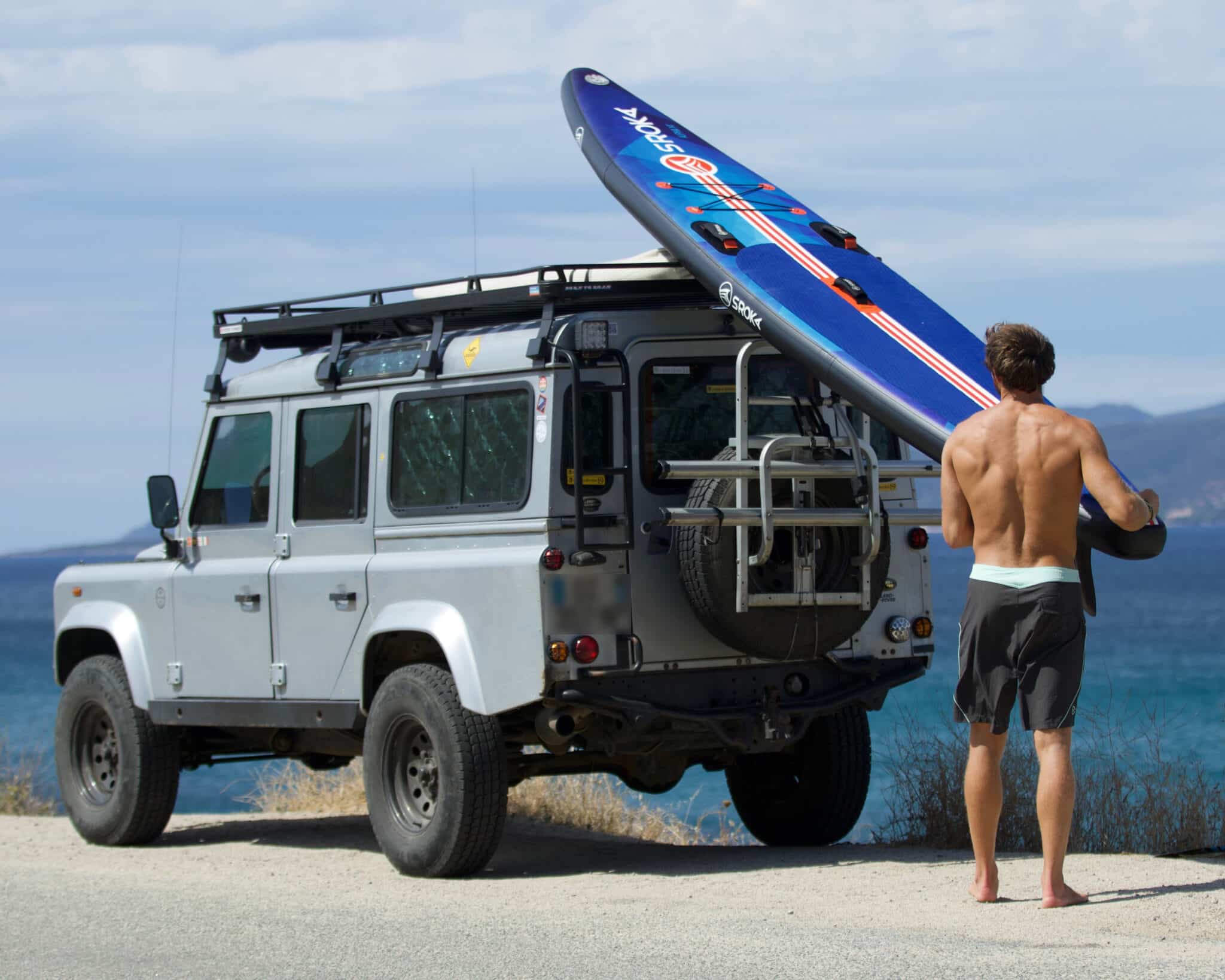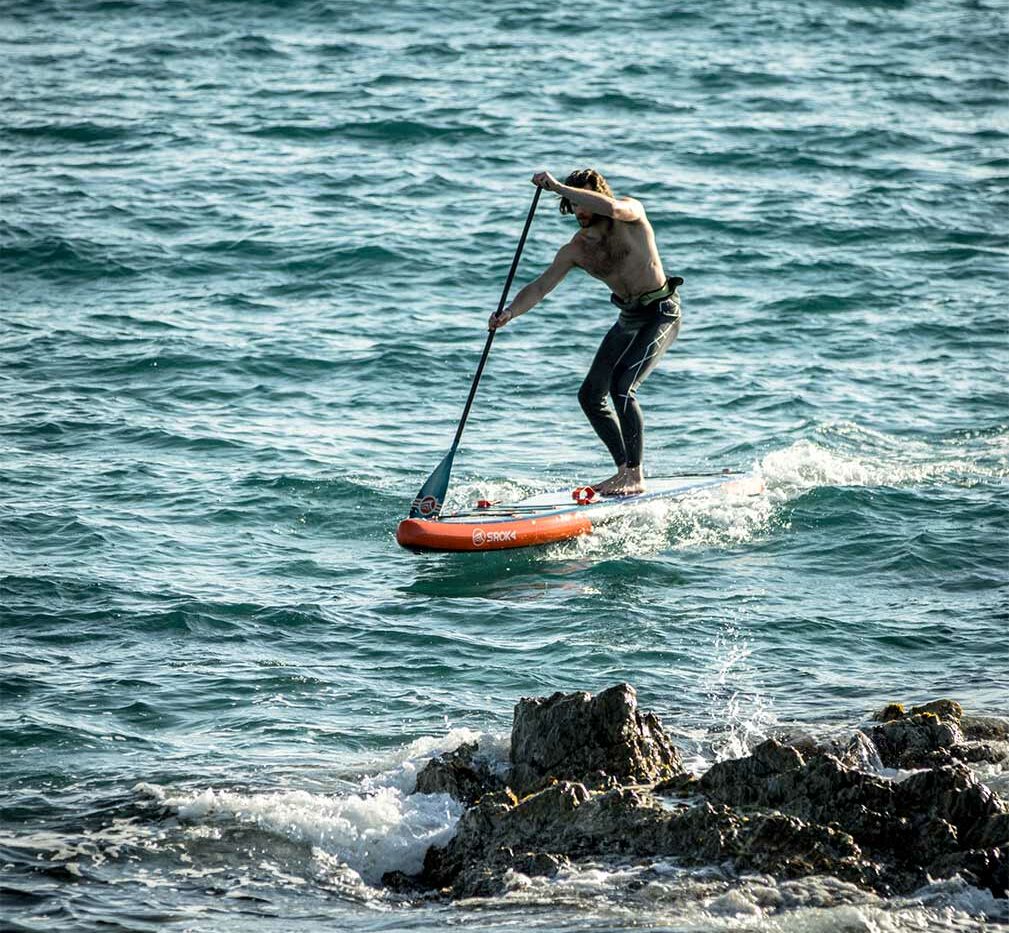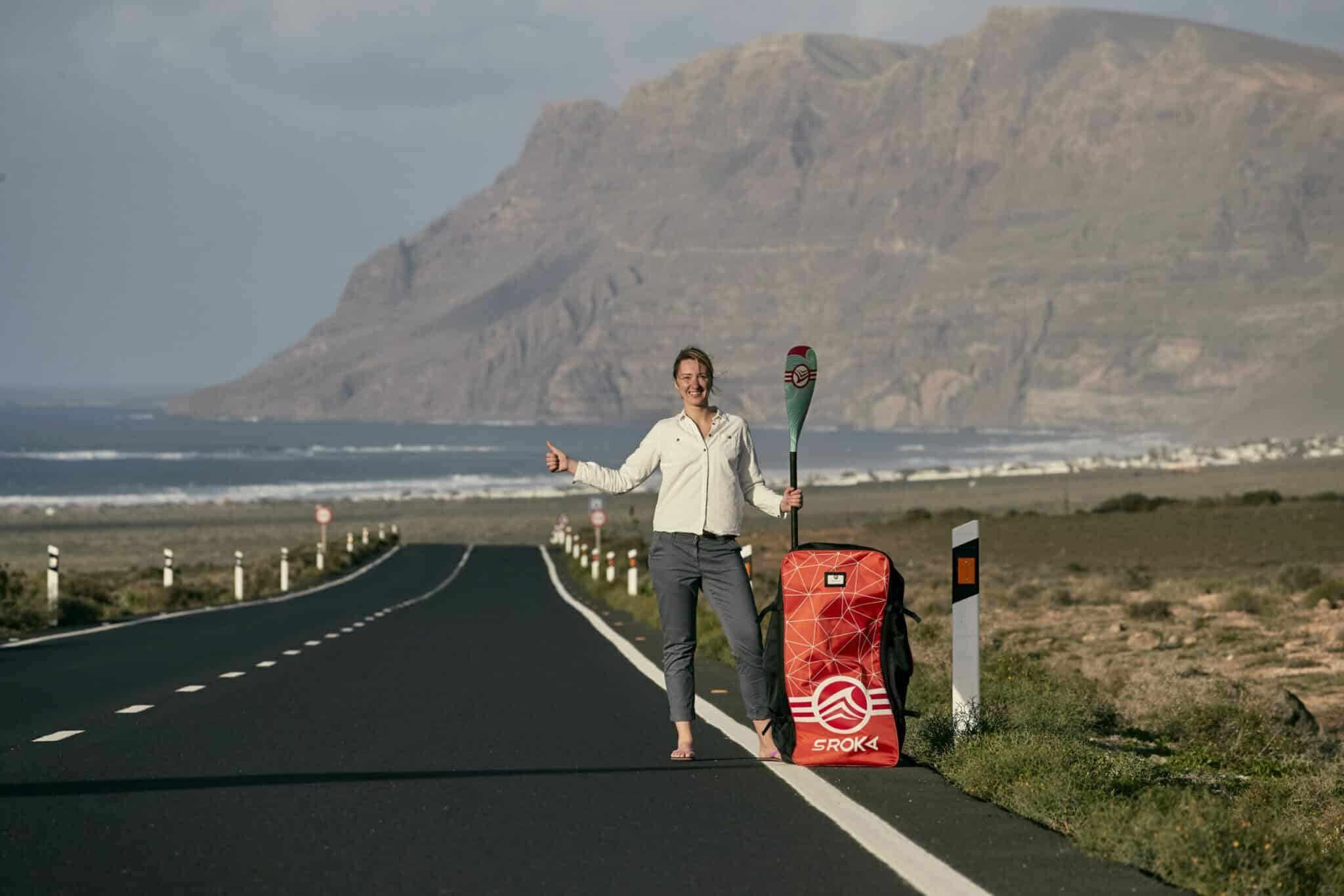 LE MAGAZINE
LE MAGAZINEWhat are the best weather conditions for winging foil?


There are a number of weather factors to take into account if you want to ski in the best conditions. Wing Foil in the best possible conditions. We’ll look at what these factors are, and what tools are available to analyze them.
Step 1: Check wing condition
Preparing your Wing Foil kite is not at all complicated, you just need to pay attention to a few points. First of all, before setting sail, it’s important to carry out a visual inspection of your kite. The aim is to ensure that there are no defects such as cuts or tears in the fabric. There may also be scratches on the leading or trailing edge. If you notice any damage, we strongly recommend that you do not use the wing until it has been repaired.
Next, we recommend testing the air pressure in the wing. To do this, use your pump’s pressure gauge. Make sure the pressure is within the manufacturer’s specifications. For our Wing V3, we recommend inflation between 6 and 8 PSI (not to be confused with 6 and 8 bar… if that happens). If the pressure is insufficient, add air until it is correct. If the pressure is excessive, don’t go into the water and release a little air to reach the recommended pressure.

Important weather factors for Wing Foil
- Wind speed and direction: wind is the main source of energy for wing foil, so it’s important to know its speed and direction to choose the right spot.
- Wave height: wave height varies according to weather conditions. High waves can naturally make winging foil more difficult, and even dangerous if you’re not sufficiently experienced.
- Swell direction: swell direction affects your stability and wave quality for surfing foil. It’s best to choose a swell that arrives on the spot in a regular and stable manner.
- Temperature: temperature is an important factor for your wingfoil equipment. You have to be careful with heat. If you leave your board in direct sunlight, the pressure inside may rise and damage it. To avoid this, unscrew the decompression screw slightly when the board is going to be exposed to heat for a long time. But remember to screw it back in before getting in the water!

Ideal conditions for starting Wing Foil
Wind speed
For beginners Wing Foil the recommended wind speed is between 13 and 15 knots. If you start wingfoiling at 13 knots, you’ll find it hard to get off the ground, especially if you’re a big guy. However, this will enable you to get your bearings on the board and move forward on the water without risk. Once you’ve got the hang of the kite and board, you’ll be able to go for stronger winds. A wind speed of 15 knots is ideal for flying.
Wind direction
To get started with Wingfoil in the best possible conditions, we advise you to choose a day when the wind is blowing in the same direction, consistently. This way, you can concentrate on learning the basics of wing foil without being disturbed by changes in wind strength or direction. Wind direction also influences the quality of the water.
Different wind directions :
- Offshore and side off: An offshore wind, i.e. one that comes from the land towards the sea, should be avoided at all costs if you’re a beginner. It’s dangerous because, if you’re in difficulty and don’t know how to ride the wind, it will take you out to sea.
- Onshore: a completely onshore wind is not ideal either (straight from the sea to the beach). It’s a safe wind, but it’s a pain when you’re just starting out. The start will be difficult and you’ll be pushed towards the beach all the time.
- Sideshore andside on : These are the best wind directions for beginners! Here the wind blows diagonally, from the sea to the beach (Side on) or sideways (Sideshore). These are the optimum orientations for beginners. They’re safe, but they’re also ideal for fun and easy progress.
Wave height
To begin Wing Foil , we advise you to choose the flattest water possible. The best option is to learn on a lake. A flat body of water allows you to concentrate 100% on learning the basic techniques and maneuvers, without being thrown off balance by waves. It’s important to remember, however, that on inland waters such as lakes, the wind is often more gusty.

How can I forecast the weather at Wing Foil ?
Weather conditions are not an exact science, and you have to bear in mind that the weather can change very quickly. However, to plan your Wingfoil, surf or Kite sessions, many applications offer fairly reliable 1 or 2-day forecasts:
- Wind forecast websites and apps: if you’re sailing at sea, there are websites like Windguru or Météo Marine that can provide you with wind, swell, tide and temperature forecasts. These sites, which are also available as apps, are very useful for estimating the weather conditions at a particular spot on Wing Foil .
- Live wind conditions : a number of sites offer free real-time readings to share live wind strength. Windy, for example, offers an interactive map. To quickly find weather beacons giving live wind conditions, you can type “live wind reading [Your Town/Spot]”. Some of these sites, such as Winds-up or Infosvent, offer live readings, but the free version only gives access to readings for the last few hours.
- Wave forecast websites: for wave forecasts, you can use websites such as Surf report or Surf forecast, which are useful for Wing Foil and fairly reliable.
Frequently asked questions about the weather at Wing Foil
What is the minimum wind speed required for wing foil?
The minimum wind strength for wingfoiling is usually 7 or 8 knots. However, this depends on individual skill. A beginner in Wing Foil will need a minimum of 13 knots to sail comfortably.
Is there a maximum wind speed above which wing foil should not be used?
In general, we strongly advise against Wing Foil when wind speeds exceed 30 knots, i.e. around 55 km/h. However, this may vary according to size, weight and level of experience.
Can air and water temperatures influence winging foil?
Not especially, as air and water temperature have a major influence on your sailing comfort.
Can rain affect winging foil?
Sustained rain can only impair visibility between riders.
Common mistakes to avoid:
- A wind speed of between 13 and 15 knots is ideal for getting started with Wingfoil.
- Favour Sideshore and Side On winds for greater safety and easier learning.
- Bear in mind that weather conditions are not 100% reliable and may change during the session.
- If you are discovering a spot for the first time, whether you are a beginner or an experienced rider, don’t hesitate to talk to the regulars to find out more about the particularities of the spot or the optimal conditions for riding Wing Foil .
If you have any further questions, or if you have any other requests, please don’t hesitate to contact us!
 Le Magazine
Le Magazine



